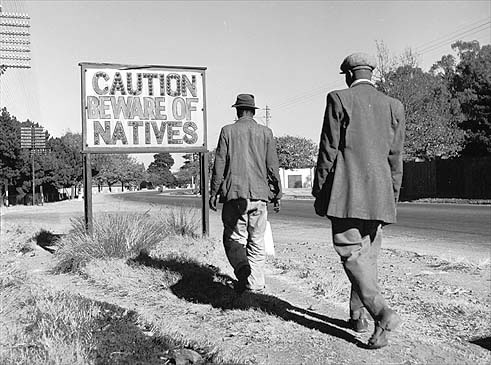Racism and it’s 19th century martyr from South India -The story of Ratnavelu Chetti ICS -

E ver since the so called "modern civilization" started in the west, racism has raised its ugly hood in some form or the other. From the age of discoveries to the era of colonialism and even to the modern times, generations of human beings especially in Asia, Africa and the Americas have suffered much and have fallen victims to the most obnoxious behaviour of the white skinned sapiens. Apartheid signs in South Africa 1956 We have heard heart-rending stories from the victims of slavery, apartheid and various other forms of racial prejudices. While I don’t intend to discuss on the abominable practices of the past centuries, it may not be inappropriate to discuss on one particular incident from the place I now live. On most mornings during my walk, I see a monument and a plaque installed in the memory of one Pulicat Ratnavelu Chetti, the first native ICS officer of Madras Presidency who was a victim of racial discrimination during the 19 th century British India....

